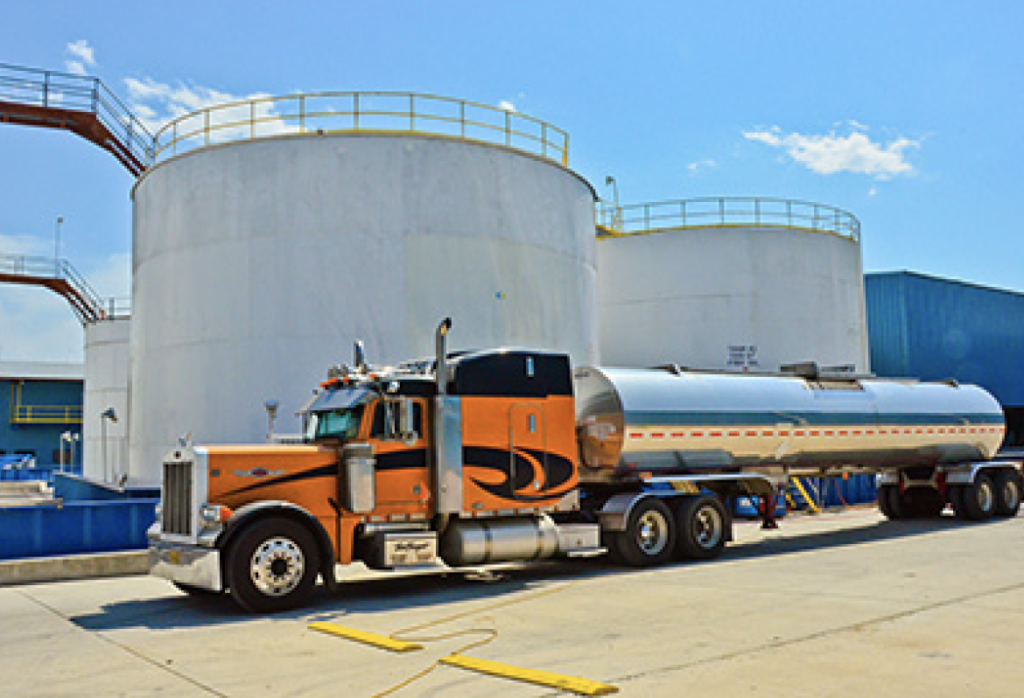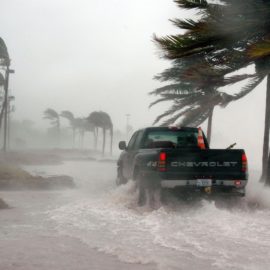
When you process fish, you get a stinky sludge. What do you do with it? Dump it in the river.
A large fish processing plant in Plaquemines Parish habitually spews a dark, foul-smelling slurry of pulverized fish guts and feces into nearby canals and the Mississippi River, a company insider charged in a lawsuit. Government officials and environmental groups have raised concerns about Daybrook Fisheries’ plant in Empire for decades, but now its former safety and environmental manager says the plant has willfully polluted waterways and failed to take basic precautions to avoid leaks and spills. Karen Davis’ lawsuit alleges she was fired in April after she repeatedly reported environmental hazards to the plant’s managers and company executives between 2019 and 2021. Davis, who worked at the company for six years, filed her lawsuit under the state’s environmental whistleblower statute, which protects employees from retaliation for reporting environmental violations.
nola.com
Fired for doing her job at a company that has had a number of violations.
The company’s mishandling of large volumes of liquid fish waste and other pollutants put groundwater and adjacent waterways, including the lower Mississippi, at risk, according to the lawsuit, which was filed last week in U.S. District Court in New Orleans. Daybrook did not respond to requests for comment. The allegations did not surprise Wilma Subra, an environmental scientist with the Louisiana Environmental Action Network, an advocacy group that sued Daybrook over water quality violations in 2004. “That facility has always been operated very poorly,” Subra said. “They have such a large waste stream. Once it gets into canals or rivers, it starts to ferment and causes huge pollution problems.”
It is not so much the fish, it is what they cause to happen.
Large amounts of fish waste can trigger explosions of algae and bacteria, which contain toxins that are harmful to marine life and humans. Algae blooms quickly die, and decomposing algae spurs the growth of bacteria, which consumes both the algae and much of the dissolved oxygen in the water. Waters depleted of oxygen, so-called “dead zones,” turn fish and shrimp away and suffocate anything that can’t escape, including oysters and crabs. The Gulf of Mexico has long struggled with these zones; the largest, which covers more than 6,300 square miles, sits along the Louisiana coast. Daybrook processes menhaden, a small fish that plays an outsized role in the Gulf’s fishing industry. By volume, the menhaden fishery is the largest in Louisiana and the Gulf, and the second in the U.S. Often boasting annual harvests of more than 550,000 tons, the menhaden fishery far outweighs the Gulf’s famed commercial catches, including shrimp and crab. Also known as pogies, menhaden don’t end up in restaurants or grocery stores. Instead, the oil-rich fish are ground up at plants like Daybrook’s and then used in health supplements, pet food, fertilizers and industrial lubricants. Daybrook was founded in 1955 and purchased by South African fishing company Oceana Group in 2015. Daybrook’s corporate office is in New Orleans, but almost all of its more than 300 employees are based at its Empire plant, which the company says processes about 40% of the Gulf’s menhaden catch. The plant typically produces about 90,000 tons of fish meal and oil each year.
It is an old plant that needs work to bring it up to standards.
Daybrook’s website says its plant is “state of the art” and adheres to sustainable business practices that “protect the Gulf menhaden fishery, its coastal waters and ecosystems.” But Davis said the opposite is true. “It operates an aging, dilapidated and problem-prone fish processing facility” that regularly unloads a noxious mix of “fish scales, fins and excrement,” her lawsuit said. The plant processes large quantities of wastewater pumped from the holds of large fishing vessels. This mixture of saltwater, fish parts and feces circulates through the plant and is mixed with chemicals and other pollutants generated during processing, according to Davis. She documented at least five instances in which managers ignored her warnings about wastewater leaks, overflows and spills and faulty or inadequate equipment over the past three years: In July 2020, Davis alerted managers to an overflow of fish oil and machine grease into a pit that pumps into the river. Though it was illegal, the company pumped the wastewater into the river anyhow, her lawsuit claimed. During other overflows, wastewater and other contaminants were diverted into public ditches or allowed to leak onto the batture, During a Zoom call with plant managers and the company’s vice president of operations, Davis repeated concerns about a leaking injection well that could contaminate groundwater. When told plugging the well would be expensive, the vice president appointed a committee to find a “cheaper way to take care of it” and excluded Davis from the committee, Davis said plant managers came up with a scheme to manipulate wastewater samples that are sent to an independent laboratory to ensure environmental permit requirements are met. According to Davis, the managers planned to dilute samples of wastewater, making the samples appear cleaner than they were and Davis reported the plan to a company executive, but her lawsuit doesn’t say if any action was taken to halt the tampering, She and her lawyer could not be reached for comment.
Usually she was ignored and nothing was done.
Daybrook usually ignored Davis’ concerns when she reported them internally, but when she mentioned some of them to an inspector, the company fired her, she said. Last March, Davis, a vice president and plant managers toured the plant with “an outside auditor.” When Davis told the group the plant’s new storage tanks were inadequate and that a chemical storage area posed environmental hazards, she was ordered to leave. The vice president “angrily told (her) that she should have kept her mouth shut, according to the lawsuit. That same day, Davis requested medical leave for mounting anxiety. The leave was not granted. Two weeks later, she was fired.
Davis was not alone in finding fault.
Davis wasn’t the only one noticing Daybrook’s pollution problems. In 2012, the U.S. Coast Guard documented a spill of about 50,000 dead menhaden that covered two square miles of Breton Sound. According to Coast Guard records, a Daybrook fishing vessel spilled the fish while en route to the plant. The Coast Guard was again alerted in 2018 when a Daybrook wastewater pipe broke and spread a “silvery sheen” across a section of the Mississippi. The Plaquemines Parish Health Department filed three complaints about Daybrook in 2019. “Fishy,” “pungent” and sometimes frothy streams of wastewater regularly flowed into public ditches and canals, parish health officials told the state Department of Environmental Quality. After the third complaint, a DEQ inspector visited the site and discovered “dark, stinky water” pouring from an unauthorized drain line and outfall. The plant’s managers told the inspector they “were not previously aware of the existence of this outfall.”
DEQ does give the plant permission for some overflow.
The DEQ permits Daybrook to discharge certain amounts of wastewater into the Mississippi, but the company has frequently exceeded these limits, according to federal and state environmental regulators. The 2004 lawsuit by Subra’s group, LEAN, took aim at Daybrook over what it said were 21 instances of the plant exceeding discharge limits between 1997 and 2002. A federal judge dismissed the lawsuit after Daybrook’s attorneys cited wastewater treatment improvements made within months of the lawsuit. Davis’ lawsuit asks the court to grant her lost wages and benefits and anticipated wages over a period of three years.
It takes money to improve a plant and they are making mone as it is. Why change? Maybe now they will have to



